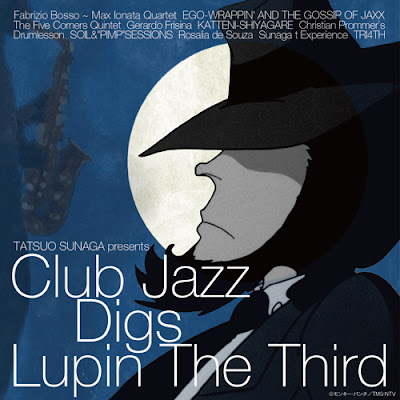Cindy: Michelle Williams
The Weinstein Company presents a film directed by Derek Cianfrance. Written by Cianfrance & Cami Delavinge and Joey Curtis. Running time: 112 min. Rated R (for strong graphic sexual content, language, and a beating).
I must admit I come to “Blue Valentine” at a disadvantage. I am a hopeful romantic, and have a wonderful marriage, so I have trouble with the notion of falling out of love. I can imagine it, but I can’t fully understand it. This somber film is a delicate portrait of just such an event, yet it doesn’t make me understand it any better. I don’t know if that’s my fault or the film’s. I tend to think it’s the former, as the film is an excellent piece of artwork that combines beautiful direction, photography, writing and editing, as well as two wonderful performances by the leading actors.
The story starts, innocently enough, with what seems like a typical morning, save for the fact that the family dog has gone missing. We meet Dean and Cindy, and their daughter, Frankie (Faith Wladkya). They’re a working middle class family. He’s a house painter. She’s a nurse. There may be a slight hint of a problem upon first impression, as he appears to have spent the night in a lounge chair, while she slept alone in the bed. He coddles their daughter at breakfast, while she tries to enforce a little discipline. Still, there are no major signs of problems.
It is immediately apparent that the performances by Ryan Gosling (“Half Nelson”) and Michelle Williams (“Brokeback Moutain”) are of a caliber actors only dream of achieving. These are not showy roles. Their performances are subtle and sublimely natural both as parents of a young child they care for deeply and as two people who know each other so well they speak to each other in their silences and in their inactivity. A slight glance, a look down conveys passages of exposition between these two people. You can tell they are intimately comfortable with each other, yet something lurks between them, a rift that cannot be explained and cannot be articulated.
Their present story is intercut with flashbacks of the lives that led them to fall in love with each other. He worked for a New York City moving company. She was a student with a steady boyfriend. One day, he moves an old man from the city to a Pennsylvania nursing home. He sees her there, caring for her grandmother. He falls instantly for her. She barely notices him.
Things are not good between Cindy and her beau, and she gets good advice from her grandmother. Dean can’t get Cindy out of his mind, so he travels back to Pennsylvania to find her again. They hit it off. Despite some rocky obstacles in their way, their love is strong enough to see them through, at least, for a little while.
The movie shows things from both characters’ perspectives. In doing so, it also looks at a failing relationship through both genders’ perspectives. As a male, it seemed to me there was a point in the beginning of their relationship that he made a rather large sacrifice for the sake of the relationship. I will not reveal the nature of the sacrifice here, but she was also faced with a sacrifice. One that, perhaps, was too big for anyone to make. She did not make her sacrifice, and I cannot place any blame on her for that, but it makes his sacrifice significant. As a male, I may place more importance on this sacrifice than I should.
The distance in the relationship seems to be brought about mostly by her. Again, this may reflect more about myself than the movie’s intentions. Her issues with their relationship are mostly emotional, although his excessive drinking and some final actions do factor heavily in their final resolution. I wanted solid reasoning from her, as Dean does in the movie. But, there is no definitive answer as to why their love has dissipated. In this way, the movie captures the differences between the genders with the same subtlety and accuracy as it captures the everyday life of the opening passages.
If you are familiar with the title “Blue Valentine”, it may be due to the controversy that surrounded the film upon its initial MPAA rating. Before its release it was slapped with a dreaded NC-17 rating due to the sexual material within it. An NC-17 rating often means death to a movie, as most exhibitors will not screen it. In a rare overturn by the MPAA appeals board, the movie was later awarded an R rating. This brought a good deal of attention to the movie, which may have been good for its distribution. The reality of the material, however, led me to wonder just how on earth the MPAA originally felt an NC-17 was appropriate. While the sexual material is certainly of a very adult nature, the film does not contain an inordinate amount for sex, nor does it seem to break any of the MPAA’s guidelines for an R rated film.







































